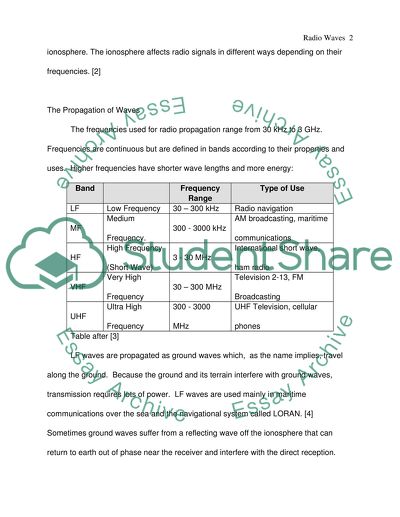Cite this document
(Radio Wave Propagation Report Example | Topics and Well Written Essays - 1500 words, n.d.)
Radio Wave Propagation Report Example | Topics and Well Written Essays - 1500 words. https://studentshare.org/information-technology/1530371-radio-wave-propagation
Radio Wave Propagation Report Example | Topics and Well Written Essays - 1500 words. https://studentshare.org/information-technology/1530371-radio-wave-propagation
(Radio Wave Propagation Report Example | Topics and Well Written Essays - 1500 Words)
Radio Wave Propagation Report Example | Topics and Well Written Essays - 1500 Words. https://studentshare.org/information-technology/1530371-radio-wave-propagation.
Radio Wave Propagation Report Example | Topics and Well Written Essays - 1500 Words. https://studentshare.org/information-technology/1530371-radio-wave-propagation.
“Radio Wave Propagation Report Example | Topics and Well Written Essays - 1500 Words”. https://studentshare.org/information-technology/1530371-radio-wave-propagation.


